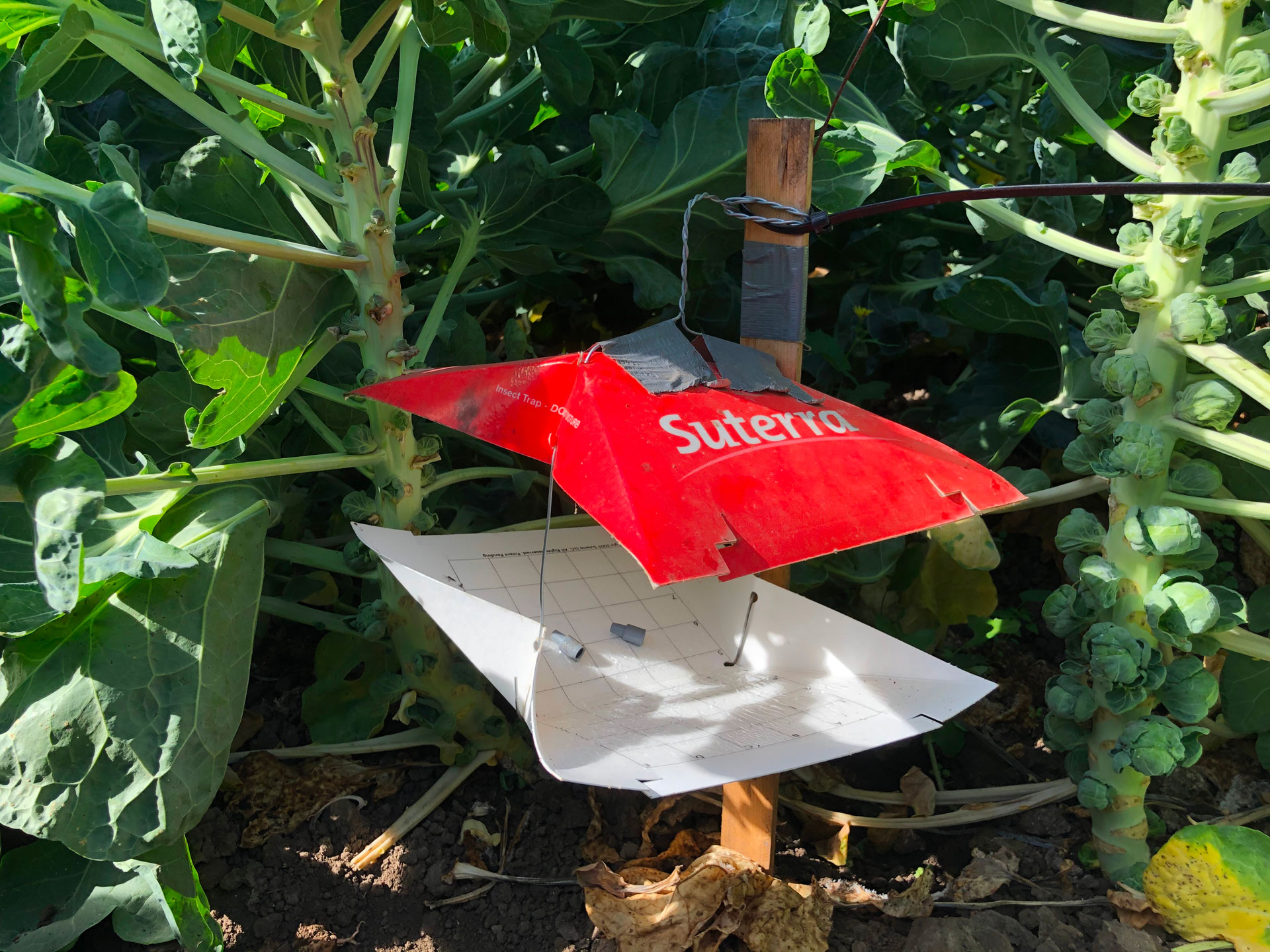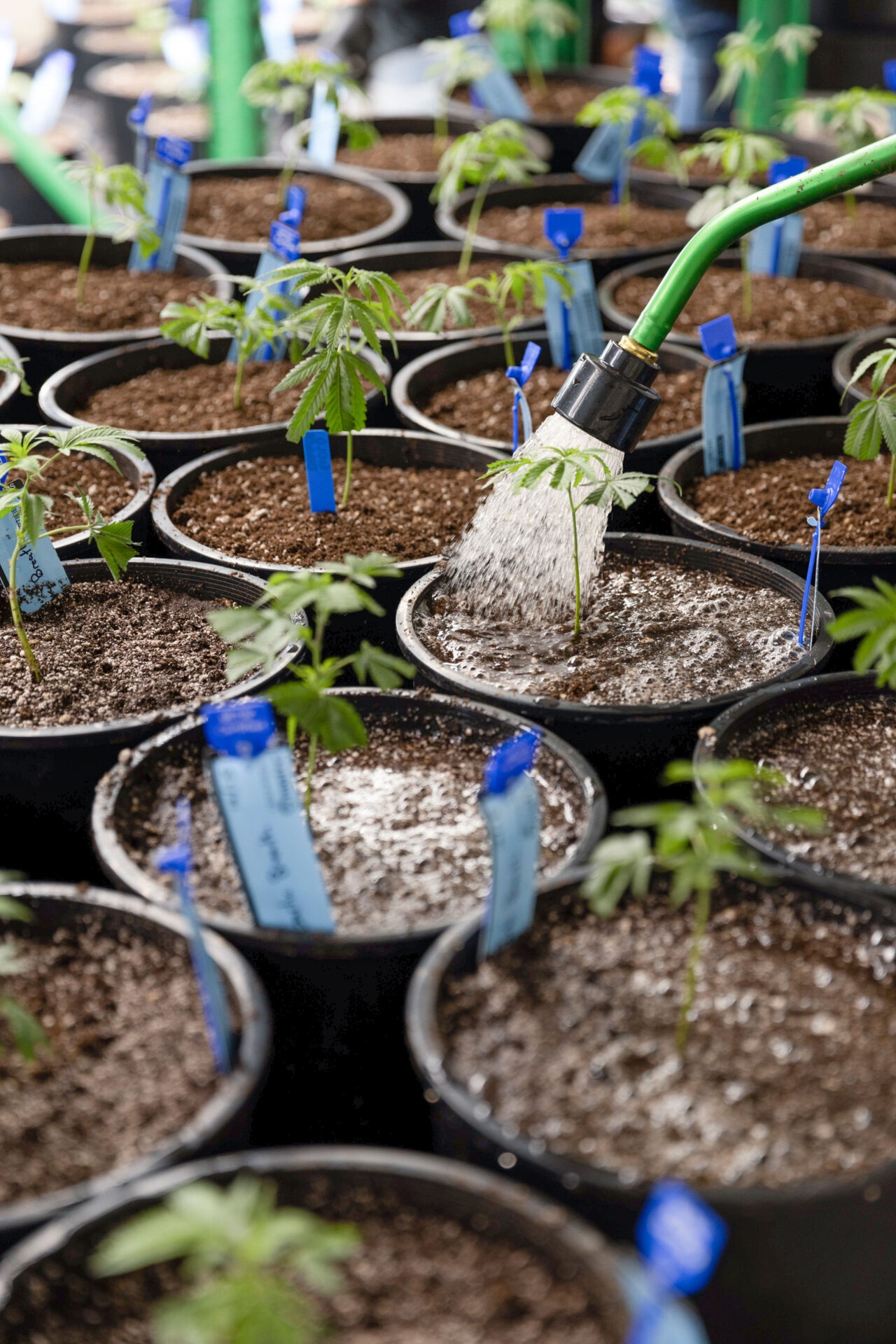Farm gate sales of California organic agriculture more than doubled in a three year period from 2013 to 2016 as the California organic farming industry saw increases in both acreage and the number of organic growers, according to the UC Agricultural Issue Center’s recently released “Statistical Review of California Organic Agriculture.” The report, which covers the period from 2013 to 2016 shows the total number of organic growers in California grew by 1,020 and the total number of organic acres farmed grew by 927,924, while farm gate sales nearly doubled during the four year period from $1.54 billion in 2013 to $3.12 billion in 2016.
By the Numbers
The total number of organic growers in California grew by 1,020 from 2013 to 2016, and the review noted that some growers produce commodities in more than one group. Fruit and nut crop growers led that growth each year, gaining 545 new growers from 2013 to 2016, while pasture and rangeland growers were the least abundant, gaining four new growers.
The Central Coast region, which includes Del Norte, Humboldt, Mendocino, Lake, Sonoma and Napa counties, had the most organic growers in each year of the review.
Acreage
The total number of organic acres farmed in California grew by nearly a million acres from 2013 to 2016. Pasture and rangeland produced the most organic acreage each year, but the review shows that there were large up-and-down fluctuations across those years. Overall, pasture and rangeland experienced the highest net gain with 556,947 new organic acres from 2013 to 2016.
Up-and-down fluctuations can also be seen by region for organic acreage. The San Joaquin Valley region experienced this especially, but still saw an overall net gain of 436,198 new organic acres from 2013 to 2016.
Farm Gate Sales
According to the review, California organics produced over $10 billion in total revenue from 2013 to 2016. Vegetable crops produced the most revenue each year with $3.77 billion in total revenue from 2013 to 2016, while pasture and rangeland produced the least amount with $9.07 million in total revenue.
The San Joaquin Valley region, which includes San Joaquin, Stanislaus, Merced, Madera, Fresno, Kings, Tulare and Kern counties, produced the most revenue in each year of the review with $3.22 billion in total revenue from 2013 to 2016. The Cascade-Sierra region, which includes Trinity, Siskiyou, Modoc, Shasta, Lassen, Plumas, Sierra, Nevada, Placer, El Dorado, Alpine, Amador and Calaveras counties, produced the least revenue in each year of the review with $140 million in total revenue from 2013 to 2016.
What Does It All Mean?
The statistical trends in the review show large increases in organic growers, acres and farm gate sales. Even though these trends are from 2013 to 2016, Muramoto says he’s still seeing similar trends today in the organic farming industry.
In a recent press release from the Organic Trade Association , the organization stated that organic sales across all states, not just California, were up by 4.6% in 2019 from the previous year. Statistics like these and the ones found in the review made my Muramoto and his team show that consumers are seeking out the Organic label more than ever, and future statistical reviews will be able to provide even more insight into the sector’s growth.
Significance of the Review
The late Karen Klonsky, a UCCE specialist who passed away in 2018, spearheaded the initial publications for statistical reviews of California organic agriculture in 1998, six years after the data became available as a result of the California Organic Food Act. Klonsky saw the need for a display of this data for the industry and published reviews that contained statistics all the way through 2012. All previous organic agriculture statistics reviews can be accessed at aic.ucdavis.edu/research1/organic.html.
The review summarized by Muramoto and his colleagues aims to continue Klonsky’s work. “This is the most comprehensive statistical review of California organic agriculture at the state and county levels,” Muramoto said. “Because we use her [Klonsky’s] format, we are able to compare this data to her past reviews.”
The statistics review provides several functions: it helps project future trends of organic crops by commodity groups; influence strategy and policy for organic sectors in each county; and improve researchers’ understanding of specific needs and dynamics of particular organic sectors.
“Accurate data on past trends and the current status [of organic farming] is crucial to develop an effective strategy for the future,” Muramoto said. “For example, the number of organic farms [by county] is highest in San Diego and is still increasing. They don’t necessarily produce the highest revenue per grower because they are mostly small farms; yet they play important roles in local food systems now and probably will in the future.”
As for publications made more recently and future ones, there will be more published by CDFA, according to Muramoto, but there are some continuity issues due to the way data is being collected.
“More recent years are not included [in our report] because the data collected by CDFA changed the crop category in 2017 and again in 2019, so they are not comparable to the data in this report,” Muramoto said. “They did this to reduce the burden of growers in reporting, but it made a data gap consequently. Now, CDFA is trying to match the categories with the Ag census.”
The most recent CDFA reviews of organic statistics are the “California Agricultural Organic Report, 2018-2019” by CDFA and the “2019 Organic Survey” by USDA-NASS.






